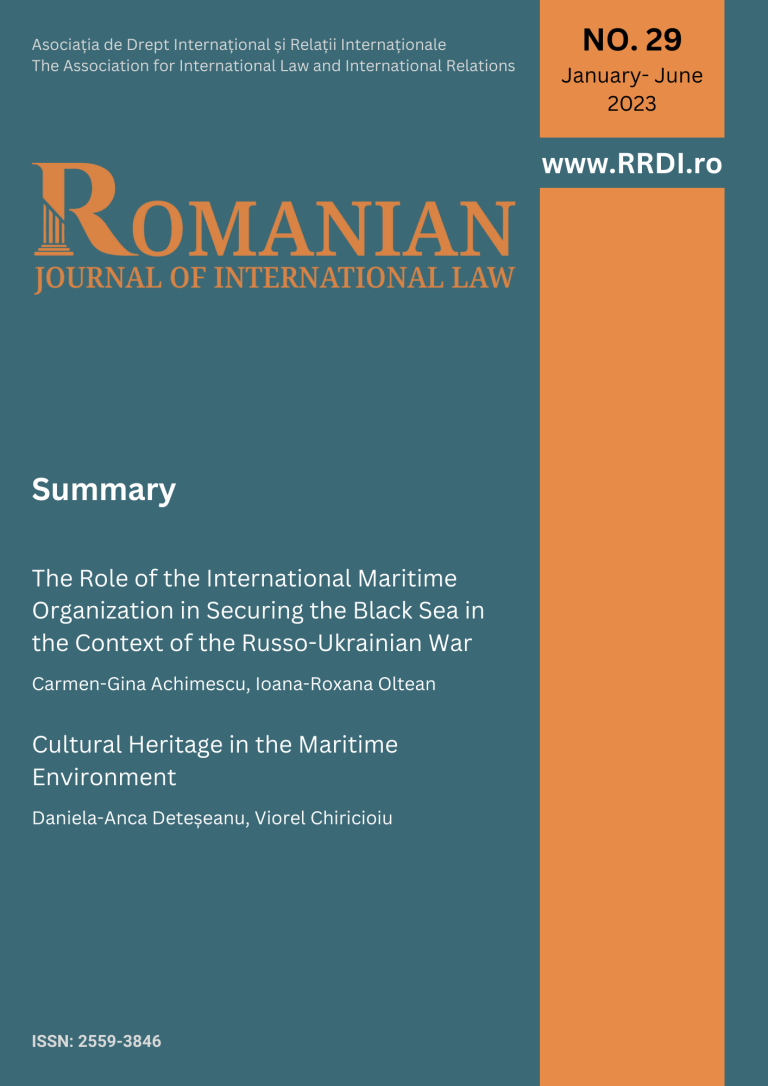Ion GÂLEA*
Abstract: Since the date of 3 February 2019 marks the 10th anniversary of the judgment of the international Court of Justice in the Maritime Delimitation in the Black Sea (Romania v. Ukraine) case, the study proposes an analysis of the relevant case-law in the field of maritime delimitations, in order to ascertain the existence of a trend towards the consecration of the ”equidistance – special circumstances” as the most pertinent method for international courts and tribunals, to effectuate maritime delimitations. The study demonstrates that the Black Sea case has been a turning point, which established, as a matter of ”acquis judiciaire”, that the equitable result envisaged by the relevant law (articles 74 and 83 of UNCLOS, reflecting customary international law) is to be achieved by the use of the ”equidistance – special circumstances” method (except for ”compelling reasons”). The line of cases which started with the Black Sea delimitation provided, as a matter of legal certainty, the predictability that this method will be used in the application of articles 74 and 83 of UNCLOS. However, the study shows that certain difficulties persist with respect to the ”way in which” the method will be applied, especially in the light of certain special circumstances, such as ”concavity” or ”cut-off effect”.
Key-words: continental shelf and exclusive economic zone, maritime delimitation, equidistance/special circumstances, equitable result
* Ion GÂLEA is Senior Lecturer in Public International Law and International Organiazations at the University of Bucharest, Faculty of Law. He held the position of director general for legal affaris (legal advisor) within the Ministry of Foreign Affairs of Romania between 2010 and 2016. Since 2016, he is the Ambassador of Romania to the Republic of Bulgaria. The opinions expressed in this paper are solely the author’s and do not engage the institutions he belongs to.

